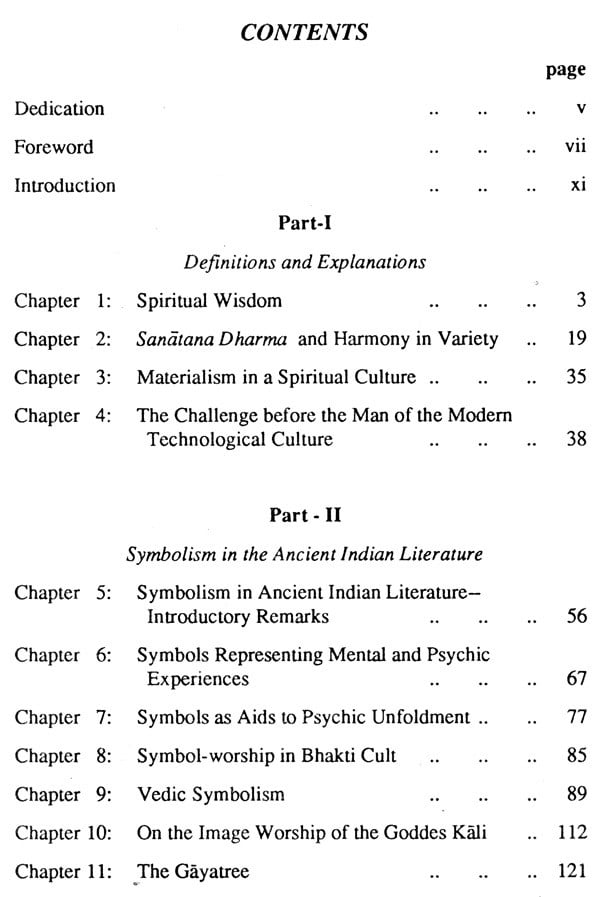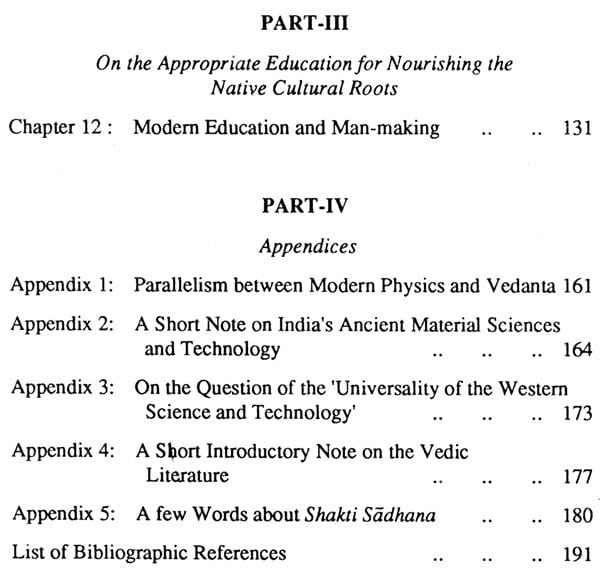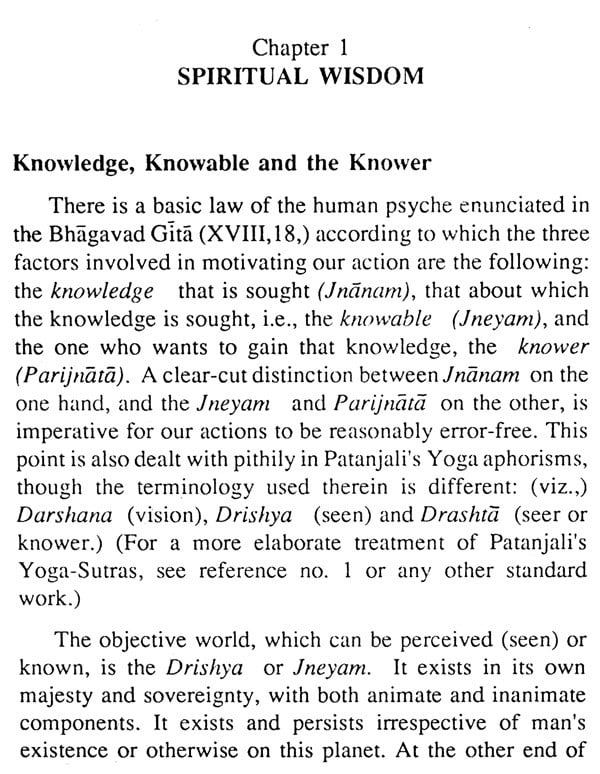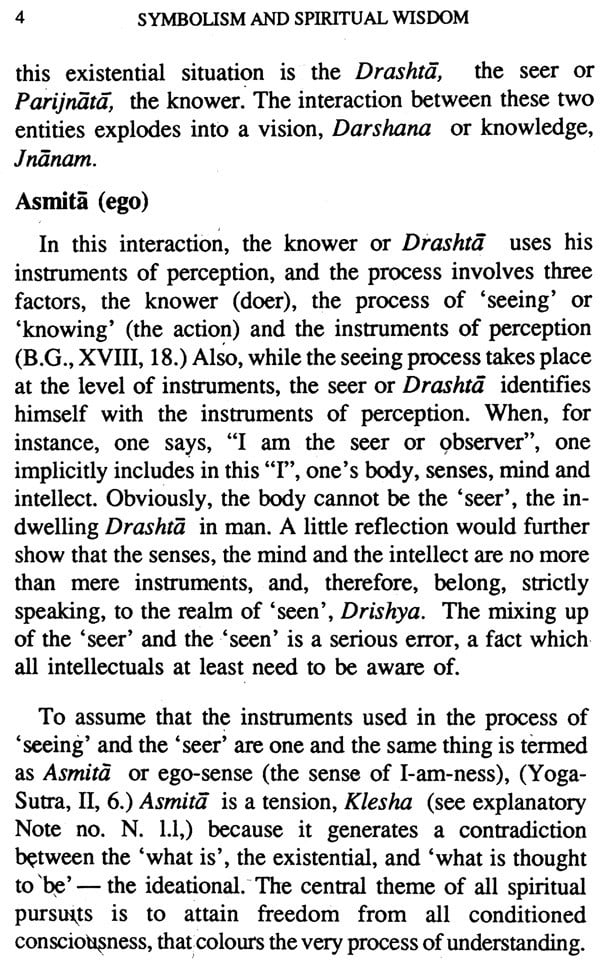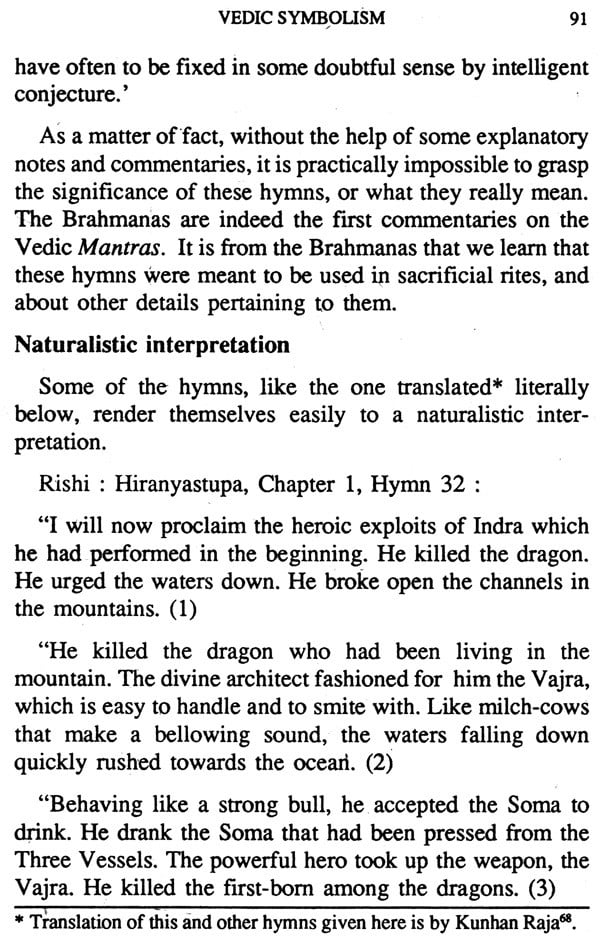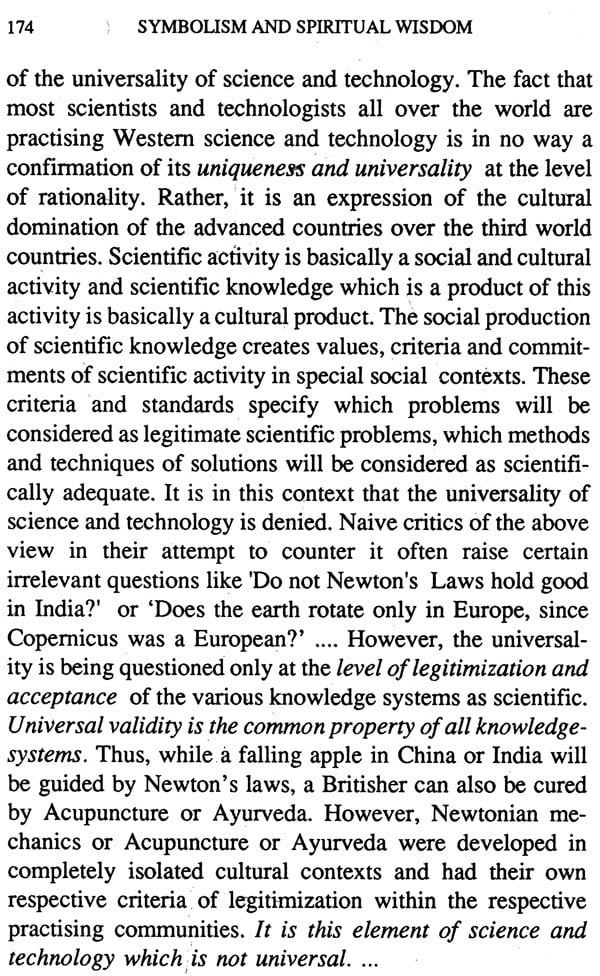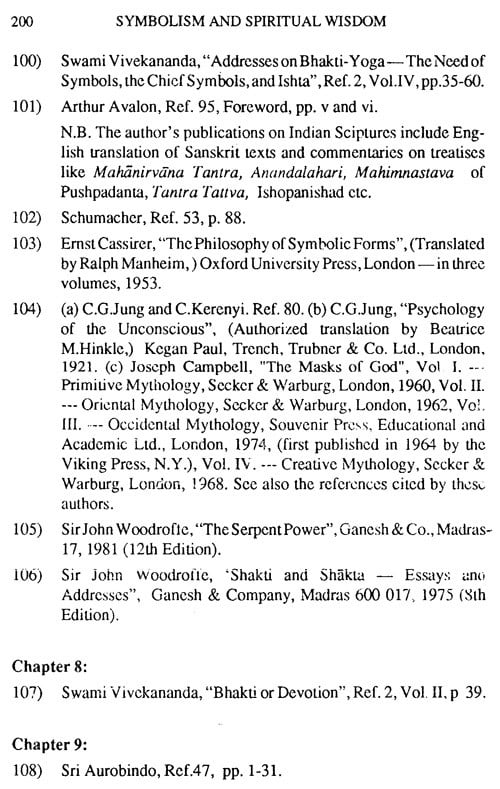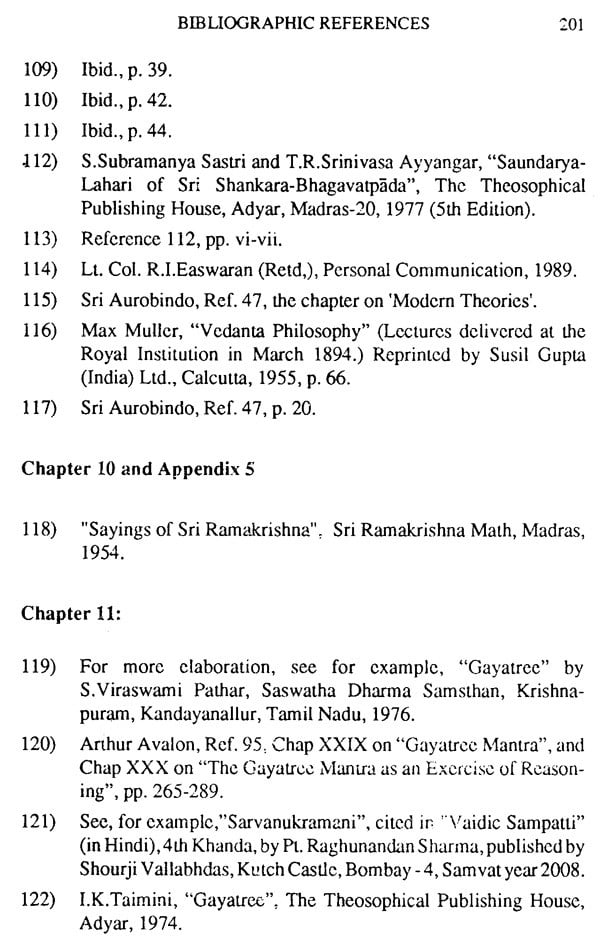
Symbolism And Spiritual Wisdom- India's Life Breath (An Old and Rare Book)
Book Specification
| Item Code: | NBZ907 |
| Author: | Ardhendu Sekhar Ghosh |
| Publisher: | Bharatiya Vidya Bhavan |
| Language: | English |
| Edition: | 1990 |
| Pages: | 216 |
| Cover: | PAPERBACK |
| Other Details | 8.50 X 5.50 inches |
| Weight | 230 gm |
Book Description
This is the multidimensional realm of spirituality. Without spiritual illumination, an intellectual remains bound by the limitations of his ego-consciousness. This conception of wisdom is dealt with in this book.
There are symbol-systems that help one towards psychicunfoldment, leading to spiritual felicity, unitize knowledge and total fulfillment. Some of these systems and the principles, OR which they are based, are explained in the book.
Man's total fulfillment is possible only through supra-intellectual spirituality, which is really not antagonistic to materialism or rationality. How- ever, obsession with either materialism or rationality tends to distort the natural rhythm of progress, and thereby creates problems. In a Third World country like India, there is the additional problem of cultural alienation and degradation.
The major contributing factor to this is the present educational system which is totally divorced from the national ethos, traditional knowledge systems and cultural roots. This book briefly discusses, among other topics, the challenge before the 'modem' man, and what Swami Vivekananda calls, 'man-making education.' This book includes a Fore- word by Dr. Karan Singh whose deep interest in Indian philosophy and culture is well known, as is exemplified by several of his publications, including the one on Mundaka Upanishad, published by the Bhavan.
All the great spiritual traditions of the world-Eastern as well as Western-have preserved insights into the quest for wisdom. This is particularly so in the Hindu tradition, which goes back unbroken to the very dawn of civilization. Much of the quest for wisdom is expressed in symbolic terms, firstly because this prevented the knowledge from falling into the hands of those not spiritually mature enough to use it creatively, and secondly because symbolism appeals to a supra-rational dimension of the human psyche which is above mere intellectualism. Indeed the highest wisdom by its very nature can hardly be verbalized without diluting its impact.
In the last few decades a great deal of work has been done on Hindu symbolism by writers in the West, including such giants as c.GJung, Heinrich Zimmer and Joseph Campbell, and by Sri Eurobond, Maha-mahopadhyaya Gopinath Kaviraj and Prof. Vasudev Sharan Agarwal in India. I am glad that Prof. Ardhendu Sekhar Ghosh has attempted a wide-ranging essay on Symbolism and Spiritual Wisdom in India. I am sure this will be of considerable interest to students of symbology the world over.
Wisdom is perennial. Ordinarily, we call him wise who is far-sighted 'and who without caring for personal gain or loss, victory or defeat, can take the right decision, whatever be the situation, pleasant or unpleasant, favorable or unfavorable. For this, he needs a comprehensive world-view. And such a view is possible only with a psychic awareness transcending mind and intellect. Not only the ancient Indian civilization but also similar ancient cultural traditions of other Eastern countries, e.g. Taoism, Zen Buddhism etc. are founded on such a spiritual value-system -- in contrast to the modern scientific and technological culture, which is primarily a product of the rational mind and intellect.
Mind and intellect are, of course, valuable guides -- nay, indispensable in certain circumstances of human life, for social progress and so on. But, they are of limited scope. Howsoever refined he may be, an intellectual, devoid of spiritual illumination, remains after all limited by his ego-consciousness. This con- caption of wisdom, in so far as it relates to the Indian tradition and heritage, is elaborated in the following chapters. Let us note in passing that the salient features of the ancient Indian spiritual culture are almost similar to those of Taoism and Zen Buddhism; only the language and the mode of expression are different.
Sometimes a question is raised as to the relevance of such old ideas to the modern days of science and technology. It is, of course, true that today's technological achievements are indeed unique, but concomitantly they have helped in fostering a culture which has led mankind to an acutely critical situation, some details of which are discussed in this book. As a result, we arc at cross-roads. Surely we do not wish to lose the advantage of modern technological achievements, and yet at the same time, we have got to save ourselves from any consequential catastrophe, not only in the physical sense, but also from the point of view of human values. Modern scientific theories do not seem to provide any satisfactory answer to this problem. This is one of the reasons why this Eastern traditional wisdom, which may be ancient but none the less time-tested, is still relevant for us all.
This write-up is primarily intended for the lay reader, who is interested in being introduced and exposed to the salient features of the aforesaid spiritual culture, which is capable of guiding him towards greater fulfillment in life, and at the same time quenching his thirst for unitizes knowledge. Studies and cogitation on such vitally important matters are all too often neglected~ in these days of 'modernity'. This presentation has been kept simple and as brief as possible, subject of course to the requirement of cogency and clarity. For persons interested in more tails, a list of bibliographic references to some recent publications is furnished at the end.
The salient features of our ancient Indian wisdom are sought to be explained here in terms of the idioms and the metaphors which $'e in vogue today. The first part of this book includes some definitions and explanations, including that of 'scientific temper', which , talked of commonly, but not always with precision. In this section, 'harmony in variety' turns out to be the dominant theme. Among other topics, this part highlights the challenge before the man often modem technological culture, Fortunately for us, the salient fetuses of the ancient Indian knowledge-and wisdom are still accessible through the literature, wherein they are recorded for the benefit de;: posterity. It refers to a host of symbol-systems, as appropriate aids to psychic enfoldment, leading to supra-mental spiritual realization. Primarily because of the symbolic character and the antiquity of its language, a proper interpretation of this literature poses problems to the modem mind. This topic of symbolism is dealt with in Part II of the book.
**Contents and Sample Pages**
